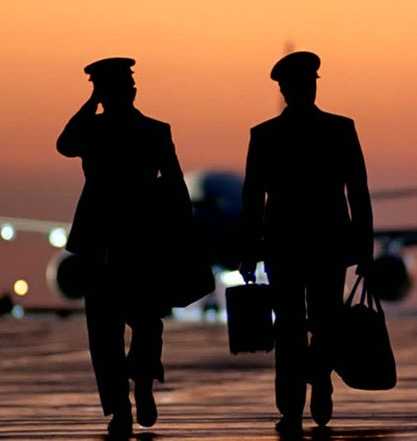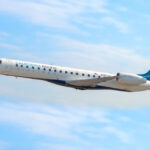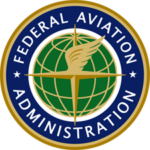Pilot Shortage Leads to Some Firebombers Being Grounded
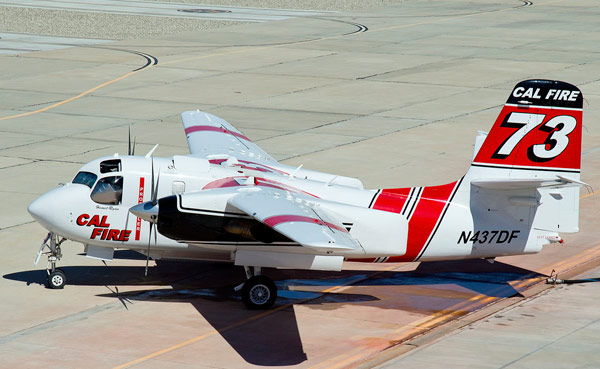
An increased need for aerial firefighting services as well the ongoing pilot shortage has led to grounding of as many as six aircraft at a time for Cal Fire.
Cal Fire, a firefighting agency that covers California, had to ground some of its airplanes this last summer due to a lack of pilots. The grounding was nearly 20 percent of the operations fleet of Grumman S-2T tanker airplanes. An average of four of the S-2T tankers were grounded through August on any given day.
Cal Fire leaders said they couldn’t remember previously having so many airplanes grounded due to staffing issues during peak fire months. The grounding left California short of a critical firefighting tool, rapid response teams, during one of the states most challenging fire seasons.
“We are doing our best to consider the mission of the department in this as well as the needs of our pilots,” said Cal Fire Chief of Flight Operations Dennis Brown. The operation lost 10 pilots during the last year to other job opportunities, retirement, medical absences, and one death.
The staffing issue will take a while to fix. Cal Fire currently has eight pilots going through training but they historically have less than half of their pilot trainees decide to continue working as air tanker pilots. Brown estimates Cal Fire will need hire 40 pilots in the next few years.
Cal Fire is rethinking scheduling practices. Current schedules have pilots working 6 days at a time, with one day off. This schedule worked when pilots could expect to have half the year off from work. However, there is increasing demand for fire fighting pilots to work year round. “To stay competitive and also as a matter of safety, we can’t work these people year-round at these rates,” Brown said.
“It’s really hard to find specialized pilots to do the kind of work Cal Fire does,” said Ed Hrivnak, a firefighter and search-and-rescue pilot in Washington state. Hrivnak continued that many government agencies are attempting to recruit pilots right now due to a wave of baby boomer retirements.
Growing Demand for Firefighter Pilots
Official figures on firefighter pilots don’t exist. However, industry experts say the demand for firefighting pilots is increasing. “There are opportunities, but it’s not very well-organized,” says Dean Talley, an air tanker captain. Firebomber operators are having difficulty filling pilot positions with retirements creating vacancies and increased airline pilot hiring scooping up potential applicants first.
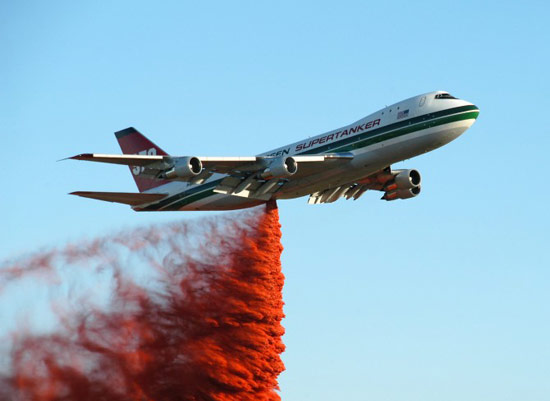
Some firefighting pilots work for state and federal agencies, however, most work for private companies contracted by government agencies for firefighting services.
There is a wide range of equipment used in aerial firefighting. Fixed and rotor-wing aircraft are used with fixed wing airplanes ranging in size from crop-duster sized airplanes up to converted 747 firebombers.
There is a variety of roles available to pilots in firefighting operations. These include working in reconnaissance, flying observation platform for forward air controllers, flying smaller planes that help direct the larger tankers into the fires, as well as the firebombing aircraft.
Pilot applicant backgrounds can be diverse but low level flying experience over mountainous terrain is a typical requisite. “It does require a natural ability at flying the airplane,” says Cliff Hale, manager of flight operations at Global SuperTanker Services. “There’s no automation that’s going to help you, so if you’re the type of pilot who relies heavily on automation, it’s probably not the place for you.”
Greg started his professional pilot journey in 2002 after graduating from Embry Riddle. Since that time he has accumulated over 8,000 hours working as a pilot. Greg’s professional experience includes flight instructing, animal tracking, backcountry flying, forest firefighting, passenger charter, part 135 cargo, flying for a regional airline, a national low cost airline, a legacy airline, and also working as a manager in charge of Part 135 and Part 121 training programs.

